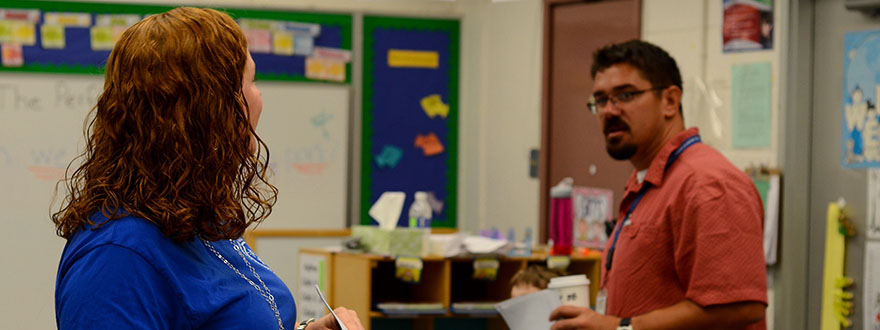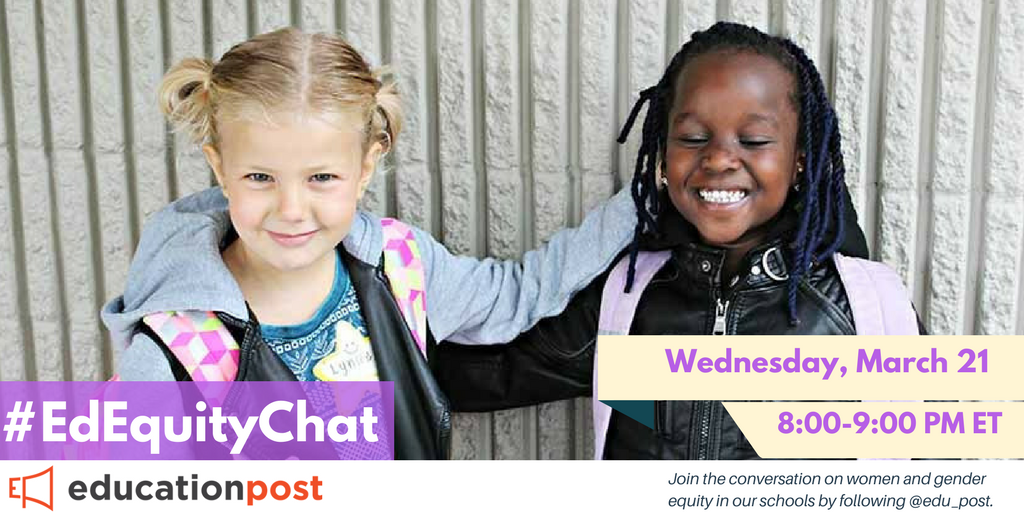
Mar 19, 2018 12:00:00 AM
 Chavarin-Lopez wondered why people who usually seem smart and sensitive can be so unaware of how offensive their language can be. “Is it because breathing the air of institutional racism makes it so you don’t even notice [what] you’re saying?” she said. Those little experiences, day after day, feel like perpetual paper cuts to the spirit, but they act more like parasites. They suck away at a person’s sense of self. Because they aren’t noticed or acknowledged by others, leaving no mark on the outside, offenders never really have to deal with them.
Chavarin-Lopez wondered why people who usually seem smart and sensitive can be so unaware of how offensive their language can be. “Is it because breathing the air of institutional racism makes it so you don’t even notice [what] you’re saying?” she said. Those little experiences, day after day, feel like perpetual paper cuts to the spirit, but they act more like parasites. They suck away at a person’s sense of self. Because they aren’t noticed or acknowledged by others, leaving no mark on the outside, offenders never really have to deal with them.
Shanna Peeples is the 2015 National Teacher of the Year and a member of the National Network of State Teachers of the Year. She taught English in Texas for 15 years. Currently Peeples is a doctoral candidate at Harvard’s Graduate School of Education.
Few issues in education spark more tension and debate than standardized testing. Are they a tool for equity or a burden on students? A necessary check on school systems or a flawed measure of...
Charter schools are public schools with a purpose. Operating independently from traditional school districts, they're tuition-free, open to all students, and publicly funded—but with more flexibility...
Despite the benefits of a diverse teaching force, prospective teachers of color fall out of our leaky preparation pipeline at every stage: preparation, hiring, induction, and retention. Here’s what...
Ed Post is the flagship website platform of brightbeam, a 501(c3) network of education activists and influencers demanding a better education and a brighter future for every child.
© 2020-2025 brightbeam. All rights reserved.
Leave a Comment